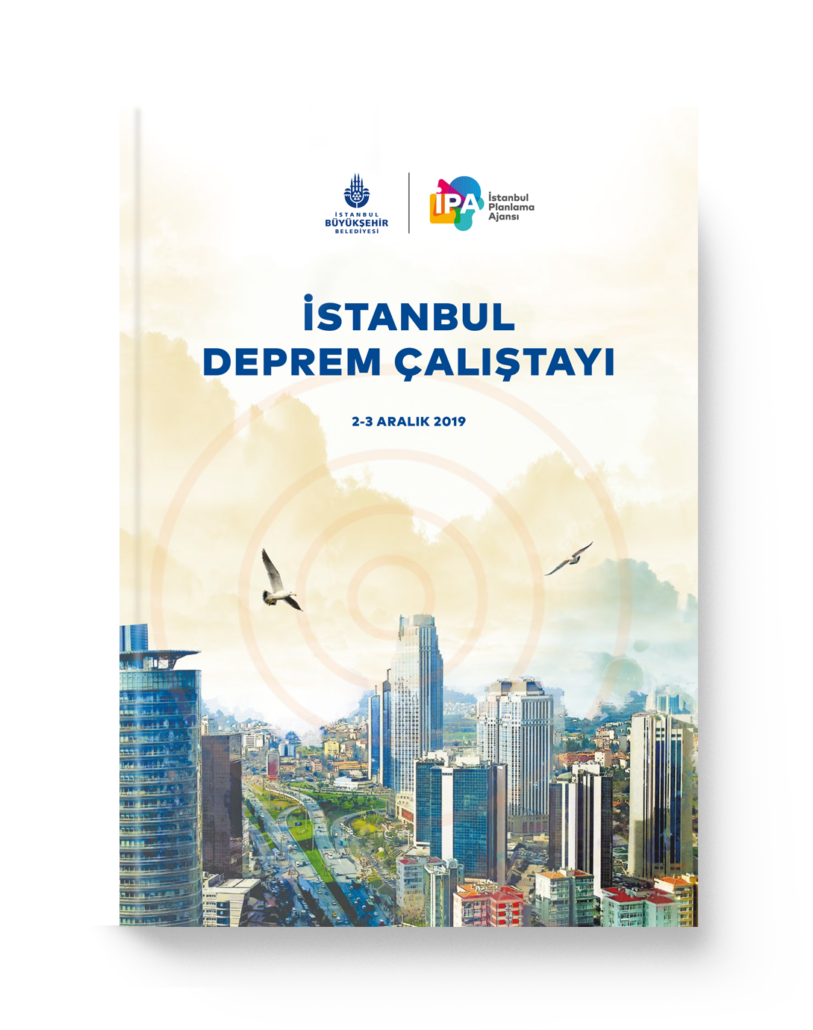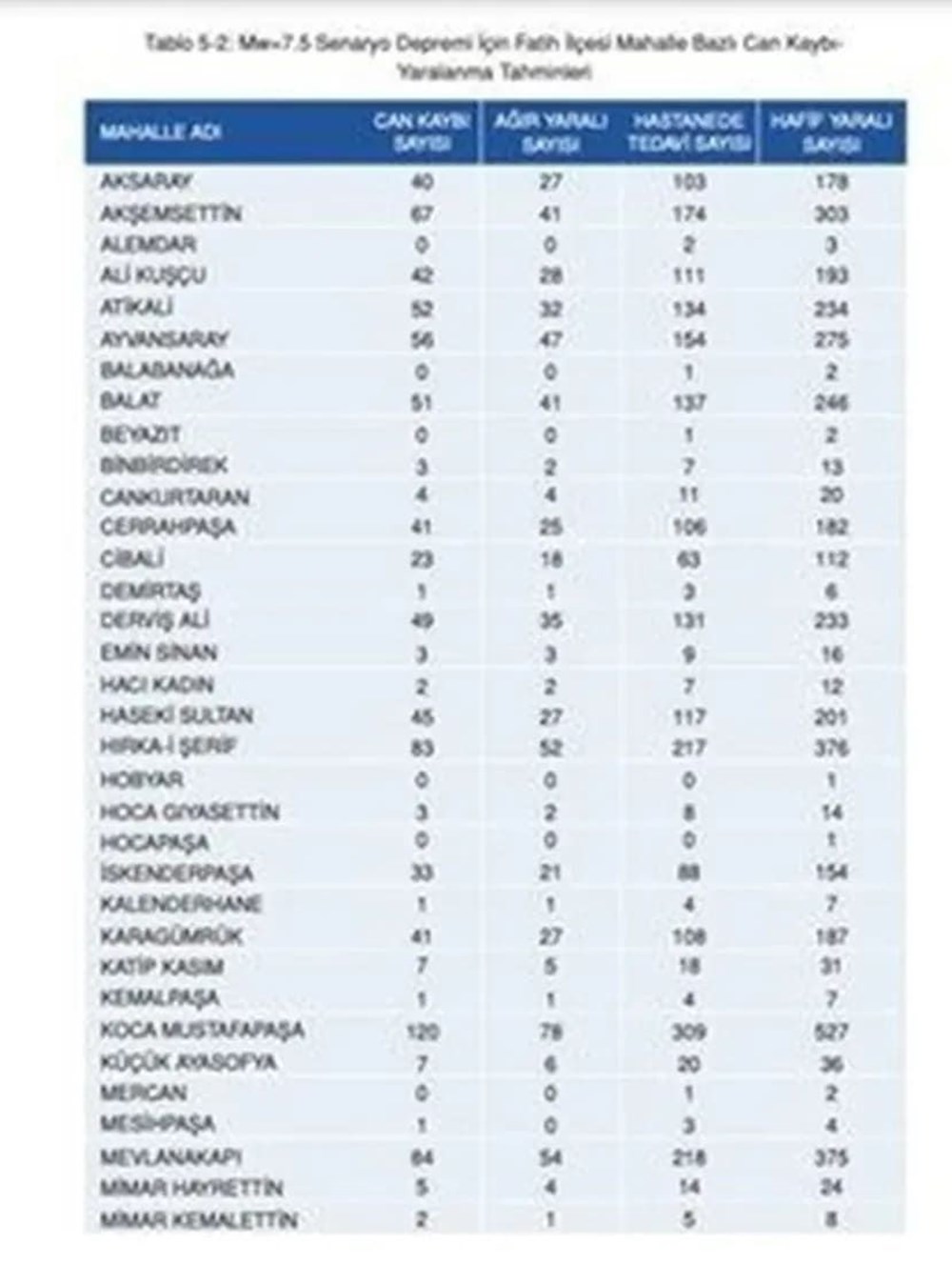Could the tremors felt across Istanbul on April 23rd, particularly the 6.2 magnitude quake, be a harbinger of more significant seismic activity? The recent seismic events, though thankfully without immediate casualties, have undeniably heightened anxieties and underscored the enduring vulnerability of this vibrant city.
The date, April 23rd, 2025, is now etched in the collective memory of Istanbul residents. At 12:49 PM, a significant earthquake, registering a magnitude of 6.2, struck the bustling metropolis. The tremors, which lasted for approximately 13 seconds, were widely felt across the city and its surrounding regions. While initial reports confirmed no fatalities or serious injuries, the psychological impact was substantial, triggering widespread panic and concern amongst the population. The epicenter of the quake was identified in the Silivri district, located in the Sea of Marmara. Following the initial event, aftershocks were registered, adding to the apprehension of the residents. The authorities promptly issued advisories, urging citizens to avoid entering potentially risky buildings and to remain vigilant.
The tremors were not limited to the 23rd. A 3.0 magnitude earthquake was recorded on December 21st, 2024, at 8:31 PM, with its epicenter 13.8 kilometers beneath the surface. The event further served as a reminder of the city's seismic sensitivity.
The recent events have prompted renewed examination of Istanbul's preparedness and vulnerability. The Istanbul 2025 earthquake map has been updated and discussions regarding the structural integrity of buildings are now more prominent. Authorities, along with seismologists and urban planners, are re-evaluating building codes, infrastructure, and emergency response protocols in light of the recent seismic activity.
The focus has now shifted to the long-term implications and preventative measures that Istanbul needs to take. Discussions also continue on the city’s ability to withstand future seismic events. The 6.2 magnitude earthquake has served as a vital wake-up call, emphasizing the urgency of proactive measures, including public education, infrastructure reinforcement, and bolstering of emergency response capacities.
| Event | Details | Date | Magnitude | Location |
|---|---|---|---|---|
| Primary Earthquake | Significant tremors felt across Istanbul, causing widespread panic. | April 23, 2025 | 6.2 | Silivri, Sea of Marmara |
| Aftershocks | Follow-up tremors adding to the anxiety | April 23, 2025 | Various | Silivri, Sea of Marmara |
| December Earthquake | An earlier earthquake, serves as a reminder of city vulnerability. | December 21, 2024 | 3.0 | Istanbul, 13.8 km deep |
The incident has served as a stark reminder of the city's position within an active seismic zone. The North Anatolian Fault, a major source of earthquakes, runs relatively close to Istanbul, making it a high-risk area. Experts continually emphasize the need for thorough preparation and awareness within the community. Public education campaigns are considered crucial for informing residents about what to do before, during, and after an earthquake.
The official government agencies such as AFAD (Disaster and Emergency Management Presidency) play a pivotal role in managing the situation and disseminating reliable information. Through its website, they offer real-time data on recent earthquakes, including their magnitudes, locations, and times. Their consistent communication is critical during and after seismic events.
Building codes in Istanbul are under scrutiny. Older buildings may not comply with the standards and current building regulations, which increases their vulnerability. Efforts are ongoing to reinforce or retrofit older buildings to withstand seismic forces. This process requires significant investment and the cooperation of property owners.
The aftermath of the 6.2 magnitude earthquake has also renewed debates about urban planning and land use in Istanbul. The high population density and concentration of buildings in certain areas contribute to the potential for damage during an earthquake. Discussions include exploring ways to distribute the population and re-evaluate zoning regulations. The aim is to reduce the potential impact of seismic events.
The recent seismic events highlight the necessity of comprehensive risk assessments. Analyzing seismic hazards, evaluating the vulnerability of infrastructure, and identifying potential risks are crucial steps. The development of earthquake early warning systems could help provide crucial seconds to prepare. Moreover, a well-coordinated emergency response plan, complete with trained personnel and adequate resources, is essential for effective damage control.
The public response following the earthquake has been noteworthy. The importance of community resilience and solidarity has become evident. Neighborhood-level initiatives, where neighbors check on one another, share resources, and support each other during crises, are increasingly important.
The focus on mitigating the effects of earthquakes is constant. The goal is to minimize the risks and protect the population. Regular drills, simulations, and training programs are essential. They help equip citizens with the necessary skills and knowledge. The constant re-evaluation of preparedness measures will ensure that Istanbul remains ready for the seismic events that are likely to occur.
The scientific community’s role is pivotal. They monitor seismic activity, conduct research, and develop technologies. Data analysis from organizations like Kandilli Observatory contributes to the understanding of earthquakes and the prediction of future events. The scientists' ongoing commitment to research helps to improve the accuracy of forecasts.
The series of events serve as a somber reminder of the forces that shape our world. Istanbul, an ancient city with a rich history, must adapt and evolve. The city’s experience underlines the importance of preparedness, resilience, and community support. The collective efforts of authorities, scientists, and citizens are key to navigating the challenges and ensuring the safety and well-being of the inhabitants.



